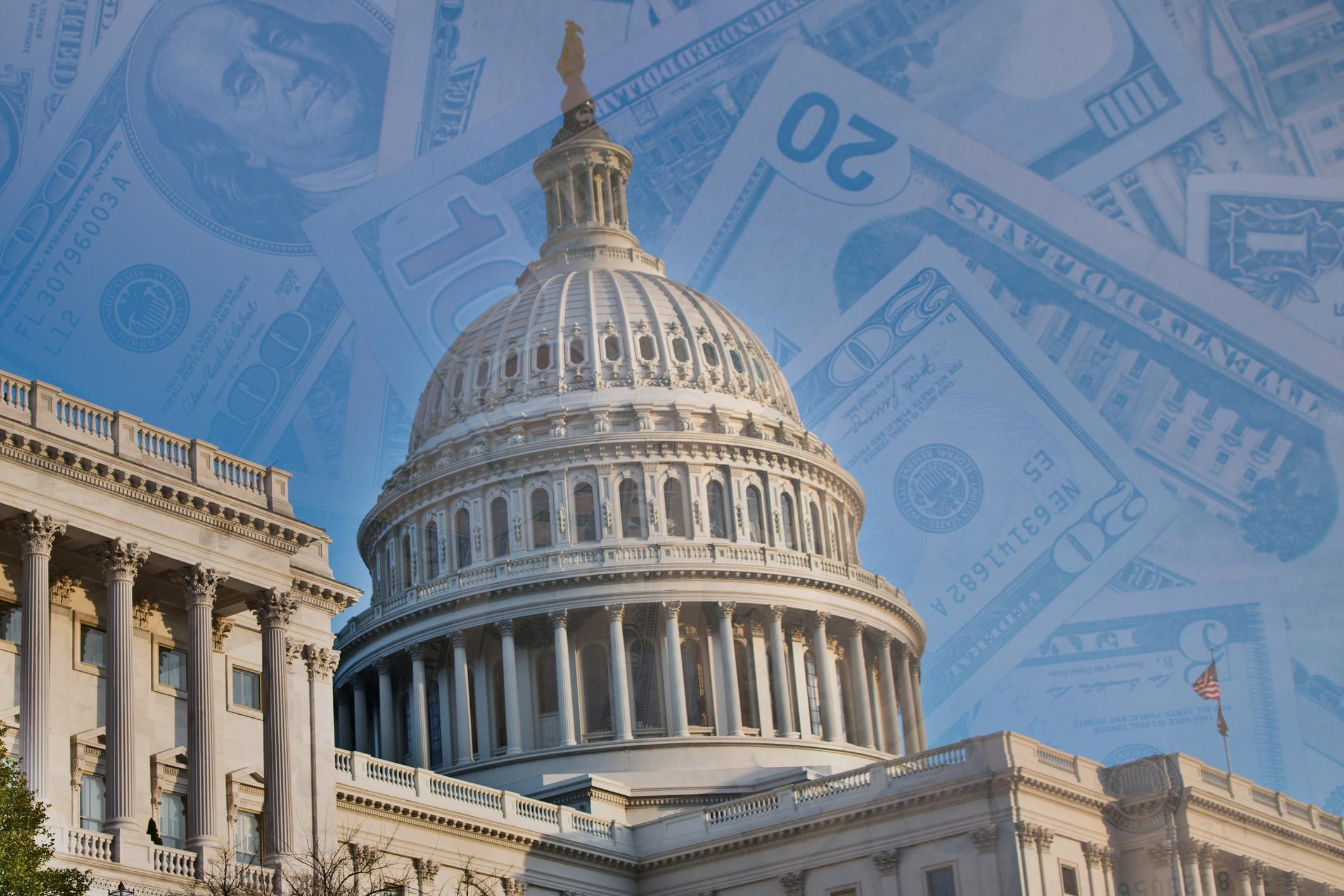Bipartisan cooperation is an essential cornerstone of a democratic society, allowing people with differing perspectives and beliefs to unite and create laws and policies that benefit society as a whole. Despite the current divisive and gridlocked political climate, there are several examples of successful bipartisan collaborations in U.S. government. These include the Affordable Care Act, Violence Against Women Act, 21st Century Cures Act, First Step Act, Tax Cuts and Jobs Act, Comprehensive Addiction and Recovery Act, National Defense Authorization Act, Bipartisan Budget Act of 2018, Project Safe Neighborhoods Program, and Trade Promotion Authority. These instances highlight the power of compromise and negotiation to bring about impactful legislation, reminding us of the importance of bipartisanship in government.
10 Positive Examples of Bipartisan Cooperation in Government
A hallmark of a democratic society is the ability of people with different perspectives and beliefs to come together to craft laws and policies that benefit society as a whole. In recent years, though, the U.S. political climate has become increasingly divisive and gridlocked. However, amid the noise of partisan politics, there are moments of unity and cooperation that remind us of the power of bipartisanship. Here are 10 examples of positive, successful bipartisan collaborations in U.S. government:
1. The Affordable Care Act (ACA)
The ACA, also known as “Obamacare,” was signed into law in 2010, and it remains one of the most significant and contentious pieces of legislation in recent memory. However, it’s worth noting that the ACA was a product of bipartisan cooperation between Democrats and Republicans. The resulting legislation incorporated Republican proposals, such as the individual mandate and state-based insurance exchanges. Though the ACA has faced challenges and opposition from some on both sides of the aisle, it represents a successful example of compromise and debate leading to an impactful piece of legislation.
2. The Violence Against Women Act (VAWA)
Since its passage in 1994, VAWA has been reauthorized three times with broad bipartisan support. This package of laws provides resources and support to victims of domestic violence and helps to reduce violence against women. The most recent reauthorization passed overwhelmingly, with 78 Senators voting in favor of it.
3. The 21st Century Cures Act
Signed into law in 2016, the 21st Century Cures Act is aimed at expediting medical research and improving access to treatments for patients. The legislation garnered a rare level of bipartisan support, passing the House of Representatives with a vote of 392-26 and the Senate with a vote of 94-5.
4. The First Step Act
The First Step Act, signed into law in late 2018, is a criminal justice reform bill that aims to reduce recidivism and promote rehabilitation for federal prisoners. The legislation was a result of months of negotiations between Republicans and Democrats and garnered significant bipartisan support at both the House and Senate levels.
5. The Tax Cuts and Jobs Act (TCJA)
While the TCJA was passed along party lines in 2017, it’s worth noting that the legislation was the result of negotiations and compromises between Republicans in Congress and the White House. Though there was significant disagreement and debate over the bill’s provisions, there was a shared goal of overhauling the tax code and boosting the economy.
6. The Comprehensive Addiction and Recovery Act (CARA)
CARA, signed into law in 2016, is aimed at addressing the opioid crisis in the U.S. The legislation included provisions to expand access to treatment and recovery services, as well as measures to improve overdose prevention and law enforcement efforts. CARA passed with bipartisan support in both chambers of Congress.
7. The National Defense Authorization Act (NDAA)
The NDAA is an annual piece of legislation that sets the budget and policy for the Department of Defense. While there are often disagreements between Republicans and Democrats over defense spending and priorities, the NDAA generally passes with strong bipartisan support—with the most recent iteration passing 87-10 in the Senate.
8. The Bipartisan Budget Act of 2018
In early 2018, Congress passed a two-year budget deal that included increased spending for both domestic and military programs. The agreement was brokered by a bipartisan committee and passed with significant support from both sides of the aisle. While there were some who criticized the deal for its impact on the deficit, it represented a rare instance of cooperation in an increasingly polarized environment.
9. The Project Safe Neighborhoods (PSN) Program
PSN is a federally-funded initiative aimed at reducing gun violence and other violent crimes. The program is a collaborative effort between law enforcement agencies and community partners, and it has received bipartisan support at both the federal and local levels. PSN was initially implemented during the Bush administration, but it has continued to operate under subsequent Democratic and Republican administrations.
10. The Trade Promotion Authority (TPA)
The TPA, also known as “fast track” authority, grants the president the ability to negotiate trade deals that Congress can either approve or reject—without the ability to modify the agreement. The TPA has historically been a divisive issue, but it received bipartisan support in 2015 when Congress passed a bill granting President Obama the authority to negotiate the Trans-Pacific Partnership (TPP) trade agreement.
Conclusion: The Importance of Bipartisan Cooperation
These examples represent just a handful of the many instances of positive, successful bipartisan collaboration in U.S. government over the years. While it’s easy to focus on the divisive, contentious aspects of politics, it’s also important to celebrate the moments when lawmakers can come together to pass impactful legislation and address important issues facing our nation. These examples also show that bipartisan cooperation often requires compromise and negotiation, but the end result can be worth the effort.
